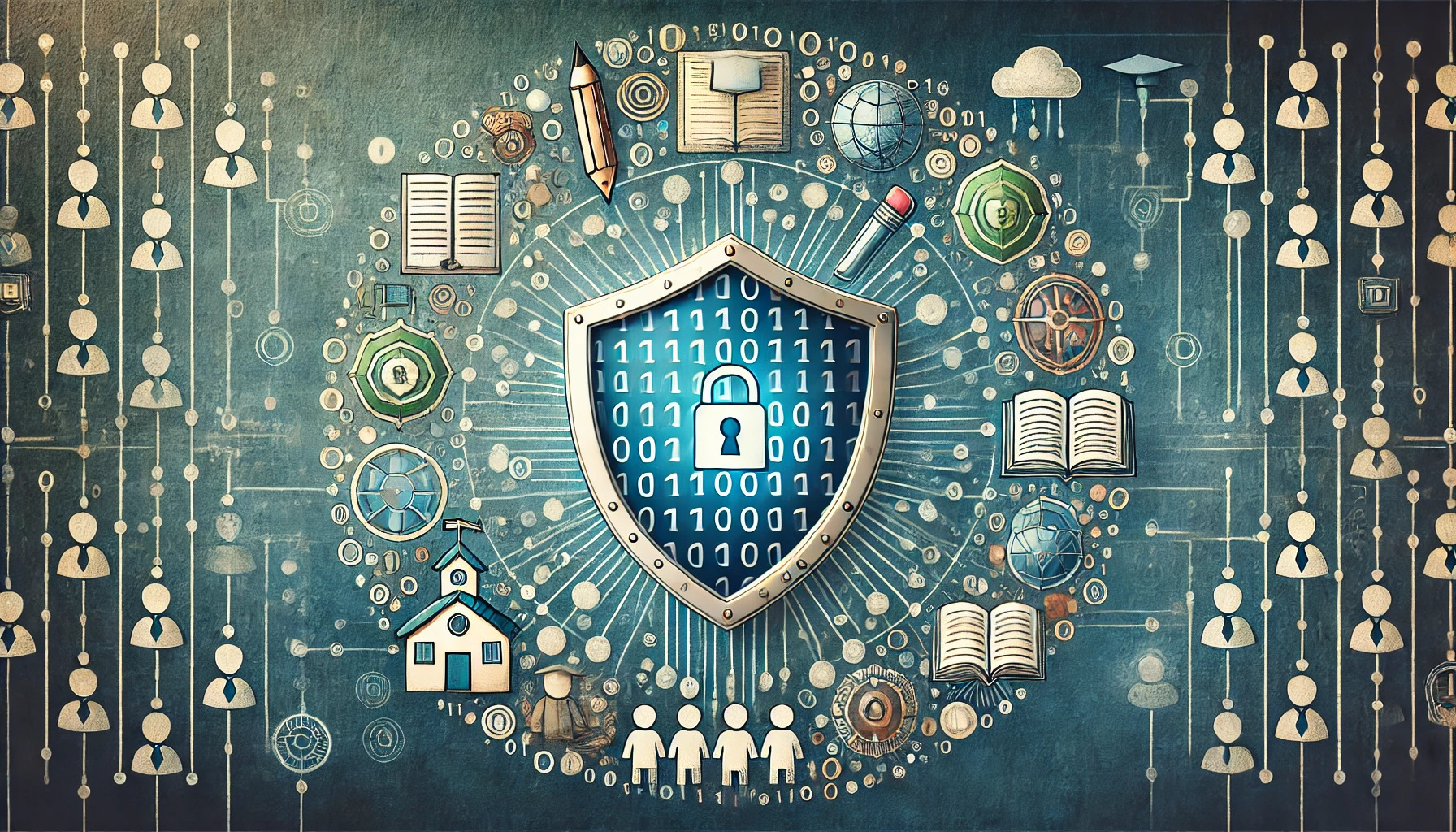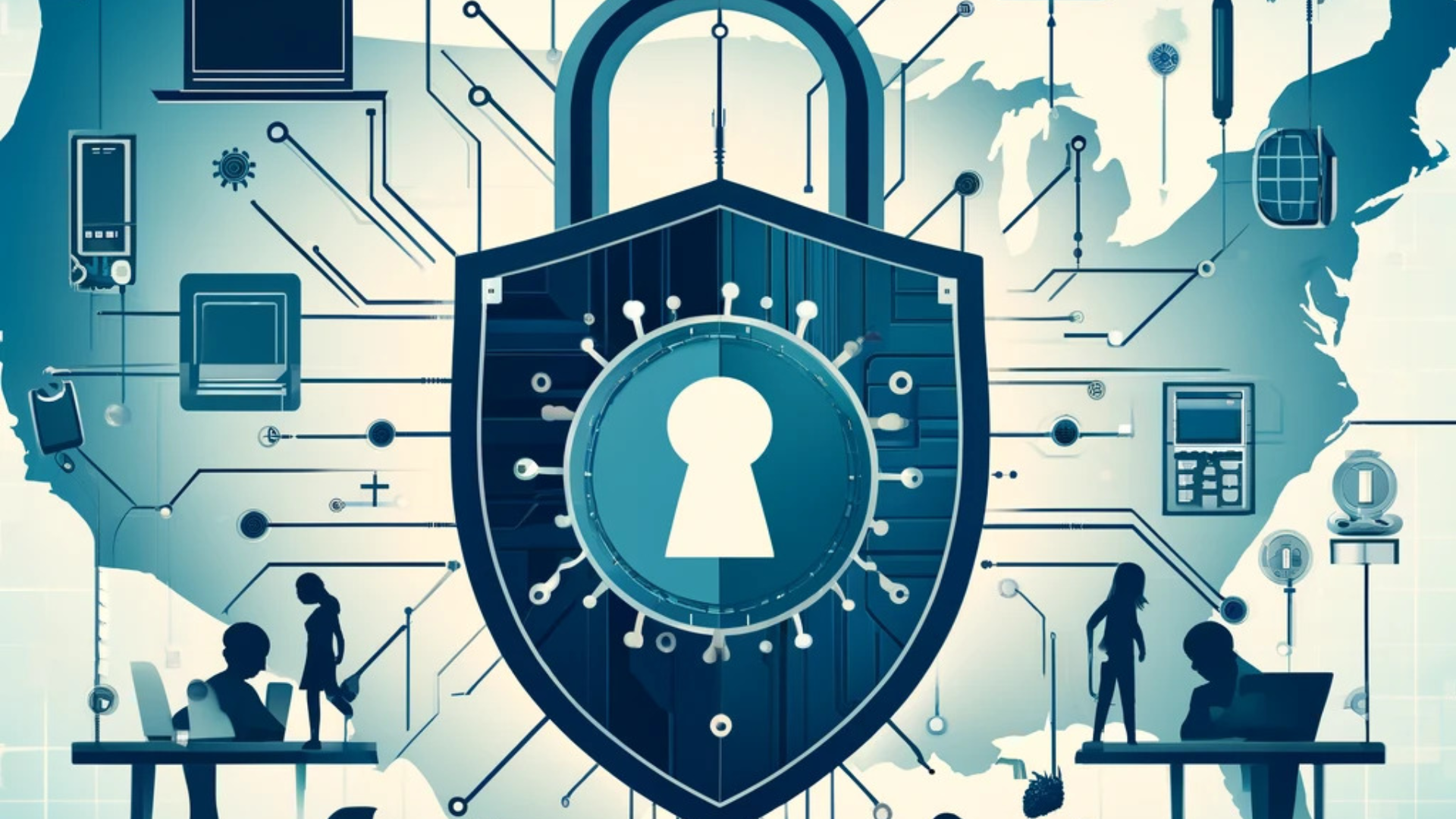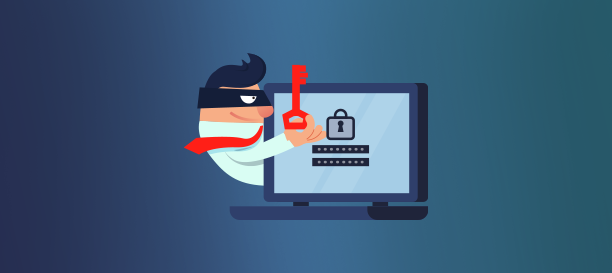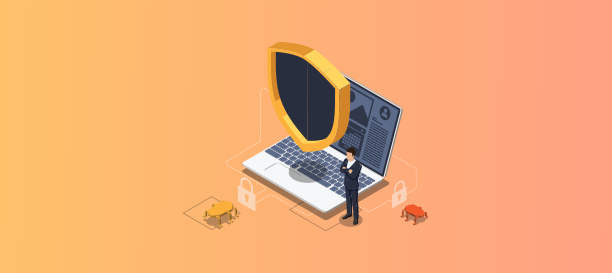Breaking Down CISA’s Whitepaper; Principles and Approaches for Security-by-Design in K-12 Education
In today’s rapidly evolving digital landscape, cybersecurity in education has never been more critical. The Cybersecurity and Infrastructure Security Agency (CISA) has released a whitepaper outlining key principles and approaches for implementing Security-by-Design in K-12 educational institutions. This whitepaper serves as a guide for educators, IT professionals, and administrators to build robust, secure, and resilient digital infrastructures that safeguard sensitive data and protect against cyber threats. In this blog post, we break down the essential takeaways from CISA’s whitepaper, offering actionable insights for implementing these strategies in your educational environment.
Introduction to CISA’s Whitepaper
The Cybersecurity and Infrastructure Security Agency (CISA) has been at the forefront of advocating for enhanced cybersecurity measures across various sectors. In its recent whitepaper, CISA emphasizes the necessity of adopting Security-by-Design principles within the K-12 education sector. As cyber threats increasingly target educational institutions, integrating security into the core of technological infrastructure is vital to protect students, staff, and data.
The Importance of Security-by-Design in K-12 Education
K-12 schools are uniquely vulnerable to cyber threats due to the vast amount of sensitive data they manage and the increasing use of digital tools in education. The Security-by-Design approach ensures that security is an integral part of the system architecture from the outset, rather than an afterthought. This proactive stance is crucial in mitigating risks and ensuring the safety of educational environments.
Internal Link Suggestion: You can link this section to your Managed Security and Data Protection Services pages, emphasizing how these services align with the Security-by-Design principles.
Core Principles Outlined by CISA
CISA’s whitepaper outlines several key principles that K-12 institutions should adopt to ensure robust cybersecurity:
- Principle 1: Proactive Risk Management
- Schools should identify and manage risks proactively by implementing regular assessments and updates to their security protocols.
- Principle 2: Resilient Architecture
Developing a resilient digital infrastructure capable of withstanding and recovering from cyber-attacks is crucial.
- Principle 3: User-Centric Security Design
Security measures should be designed with the end-user in mind, ensuring that they are both effective and user-friendly.
Internal Link Suggestion: Connect this to your Sophos XG-Firewall and Sophos Intercept-X product pages, highlighting how these products contribute to building resilient and user-centric security frameworks.
Approaches for Implementing Security-by-Design
Implementing Security-by-Design in K-12 schools involves several strategic approaches:
- Integration of Advanced SIEM Solutions
By leveraging Security Information and Event Management (SIEM) tools, schools can gain comprehensive visibility into their networks and detect potential threats in real-time.
- Centralized Management for Streamlined Security
Centralizing the management of IT systems allows for more effective monitoring and enforcement of security policies across the entire network.
Developing robust backup and recovery plans ensures that data can be quickly restored in the event of a cyber incident, minimizing disruption to educational activities.
Challenges and Solutions in K-12 Cybersecurity
While the principles and approaches outlined by CISA are essential, schools often face challenges in implementing them due to budget constraints, lack of expertise, and the complexity of managing diverse IT environments. Partnering with a cybersecurity service provider can help schools overcome these challenges by offering tailored solutions that meet their specific needs.
Conclusion
CISA’s whitepaper provides a crucial framework for enhancing cybersecurity in K-12 education. By adopting Security-by-Design principles and approaches, schools can better protect their digital environments and ensure the safety of their students and staff. Integrating these strategies with the right cybersecurity products and services is key to building a secure, resilient educational infrastructure.










